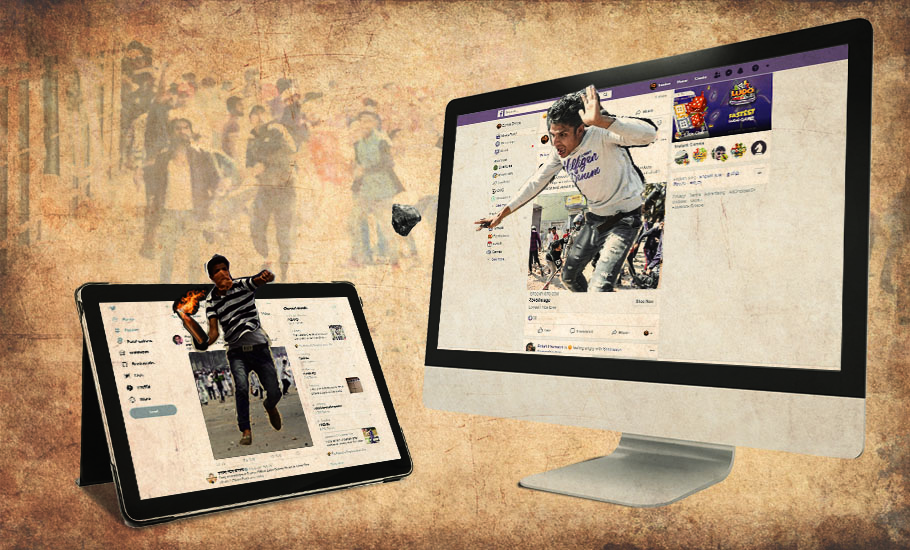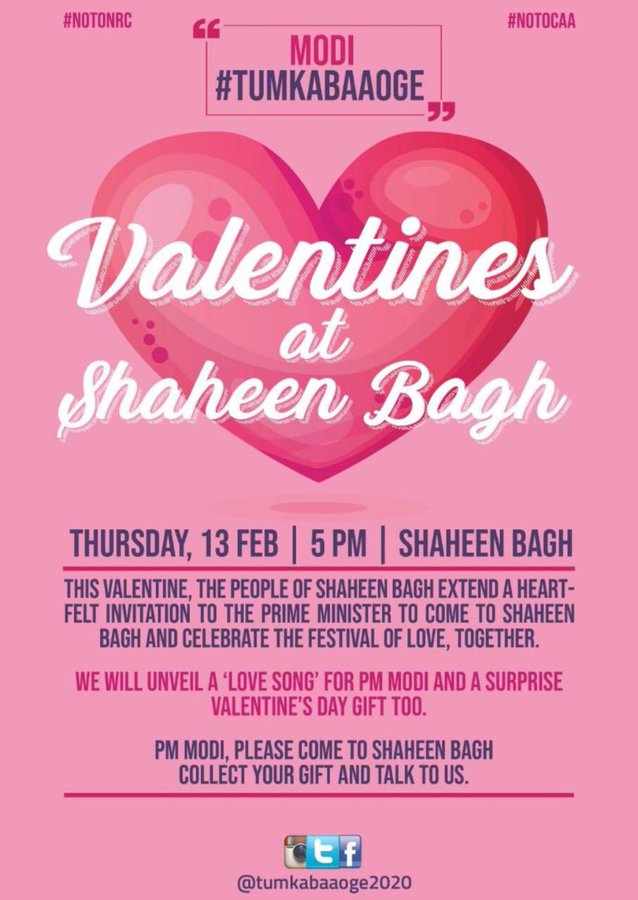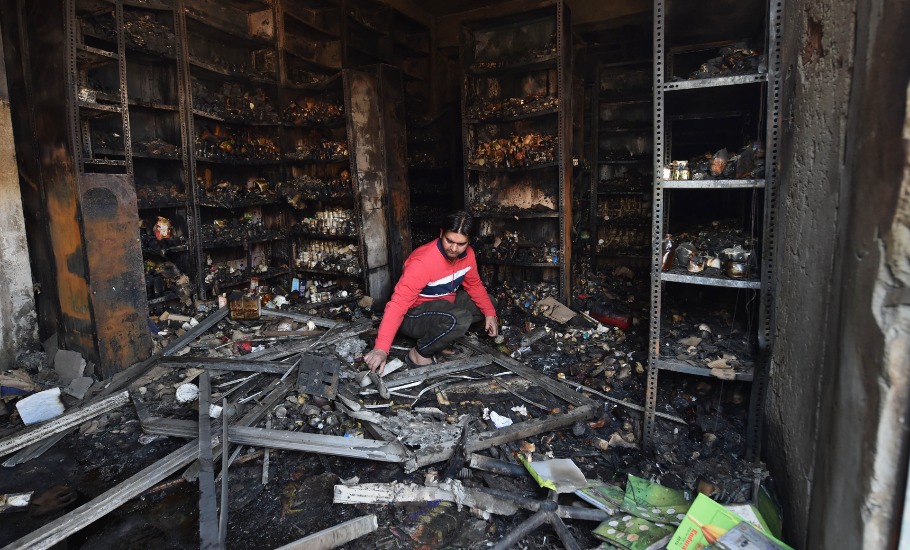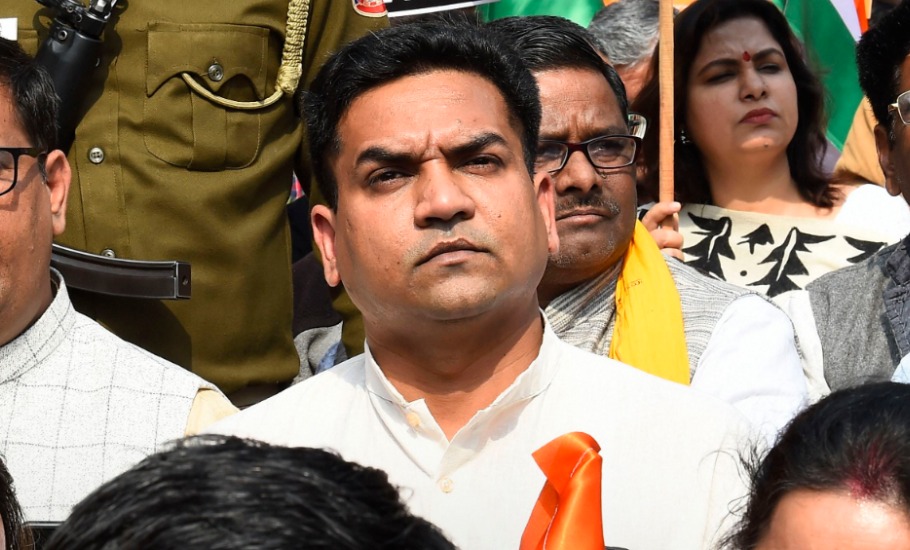
- Home
- News
- Analysis
- States
- Perspective
- Videos
- Education
- Entertainment
- Elections
- World Cup 2023
- Features
- Health
- Budget 2024-25
- Business
- Series
- NEET TANGLE
- Economy Series
- Earth Day
- Kashmir’s Frozen Turbulence
- India@75
- The legend of Ramjanmabhoomi
- Liberalisation@30
- How to tame a dragon
- Celebrating biodiversity
- Farm Matters
- 50 days of solitude
- Bringing Migrants Home
- Budget 2020
- Jharkhand Votes
- The Federal Investigates
- The Federal Impact
- Vanishing Sand
- Gandhi @ 150
- Andhra Today
- Field report
- Operation Gulmarg
- Pandemic @1 Mn in India
- The Federal Year-End
- The Zero Year
- Premium
- Science
- Brand studio
- Home
- NewsNews
- Analysis
- StatesStates
- PerspectivePerspective
- VideosVideos
- Entertainment
- ElectionsElections
- Sports
- Loading...
Sports - Features
- Budget 2024-25
- BusinessBusiness
- Premium
- Loading...
Premium

When social media runs riot, and paves the mob way
If, say, WhatsApp makes one pause for 30 seconds to check whether the information is unverified or asks the user to exercise caution while forwarding messages or while posting inflammatory speeches, the hatred one spreads can be reduced, feel experts.

Weeks before the full-fledged communal riots started in Delhi, on February 14, a peaceful message and Twitter hashtag was trending on Valentine’s Day — Modi #TumkabAaoge. Women on a peaceful sit-in protest against the controversial Citizenship Amendment Act at Delhi’s Shaheen Bagh since December 14 had extended an invitation to Prime Minister Narendra Modi to visit them, talk to them...
Weeks before the full-fledged communal riots started in Delhi, on February 14, a peaceful message and Twitter hashtag was trending on Valentine’s Day — Modi #TumkabAaoge.
Women on a peaceful sit-in protest against the controversial Citizenship Amendment Act at Delhi’s Shaheen Bagh since December 14 had extended an invitation to Prime Minister Narendra Modi to visit them, talk to them and make peace.

“PM Modi, please come to Shaheen Bagh, collect your gift and talk to us.” The protesters wanted to celebrate the festival of love with Modi.
The message was clear. There was no hatred. It was a call for a peace talk. But this was just one side of the picture.
Even as their right to protest was challenged in the Supreme Court, a coordinated attempt was made by right-wing groups to tarnish the image of Shaheen Bagh and those peacefully protesting.
It started with BJP’s IT cell head Amit Malviya who shared a fake video of a scuffle between a group of women in Bhopal, Madhya Pradesh, and claimed it was protesters fighting over the distribution of money at Shaheen Bagh. His intent was to defame the peaceful protesters.
Another video shared by him was busted by fact-checking platform AltNews as to how BJP workers recorded a video alleging that the protesters were paid to demonstrate and passed it of as coming from people belonging to Shaheen Bagh.
To add to the fake news posted on social media platforms, national media outlets like Times Now and Republic TV, took up the “unverified” videos and started Twitter trends like #ShaheenBaghscam, #shaheenbaghgohome.
Social media — Facebook, Twitter and WhatsApp — was soon abuzz with messages targeting the Muslim community, demanding to know who was funding the protest.
Amidst all this, in the run-up to the Delhi elections, Union Minister Anurag Thakur made a hate speech that was inciting and provoking for many, but an inspiration for some. Days later, a man brandished a gun at a protest site and shot at a civilian. This man had posted multiple live videos on social media from near the protest site and indicated his intent to end the protests through a violent act.
And yet, social media sites couldn’t flag these posts as inciting nor remove them. The man’s Facebook page was taken down after he was arrested. By then, the damage was done.
And then came the inciting speeches and clarion call by BJP member and former AAP MLA Kapil Mishra who had lost the recent Delhi Assembly elections. Mishra called on his supporters to mobilise to stop people from organising another Shaheen Bagh-type protest near Jaffrabad Metro station. Hundreds of anti-minority messages and videos were posted and yet no action was taken.
Soon after, violence broke out in Northeast Delhi. What started as a clash between supporters and non-supporters of CAA became full-fledged communal riots, targeting Muslims. Mosques and schools associated with the community were burnt down and mob violence unleashed, killing at least 42 people and hundreds injured and homeless.
Some of the videos that went viral are horrific — a man lying on the road with two others, being beaten up brutally by a mob and, a riot victim being asked by Delhi Police, who failed to come to his rescue, to sing the national anthem to prove his nationality. In another video, a youth was beaten up and paraded naked just because he was a Muslim. In yet another video, Hindutva goons were seen vandalising a mosque and setting religious books on fire.
In both cases, social media was the catalyser. But in the latter, the silence of those in power, the police inaction and lack of control on mobs boosted the morale of rioters and led to full-fledged violence which otherwise could have been controlled. It even helped rioters use social media to co-ordinate criminality and stay a step ahead of the policing system.
While social media helped people mobilise for their rights on one side, it played into the hands to anti-social elements on the other, helping rioters carry out planned attacks.
Riots in the social media age
The gruesome killings brought back chilling memories of previous riots. Independent India has witnessed 64 riots, with the most occurring in the 80s and 90s. In the Nellie massacre of 1983, more than 2,000 lives were lost. The next year, the anti-Sikh riots in Delhi and Punjab took another 3,000 lives.
Then came a series of riots across the country following the demolition of Babri Mosque in Ayodhya, that left thousands dead across the country. Ten years later, in 2002, Gujarat witnessed large-scale violence under the leadership of Modi and Amit Shah, who were accused of failing to control the violence that killed nearly 2,000 people.
Post the social media era, since 2008, India has witnessed nine riots.
Tabrez Ahmed Neyazi, assistant professor at Aligarh Muslim University in his book Political communication and mobilisation: The Hindi Media in India notes how the rise of regional newspapers in the 80s and 90s amplified the reach of political parties and helped them mobilise people to push forward their agenda. The same happened in the early 2000s with the advent of television channels. And now, social media platforms are helping fuel riots.
Ashutosh Varshney, professor of political science at Brown University and author of Ethic conflict and civil life: Hindus and Muslims in India, tweeted soon after the Delhi riots that it was beginning to “look like a pogrom” — like the ones in 1984 and 2002, considering that police do not act neutrally to stop riots and just look on when mobs go on the rampage and sometimes, “explicitly” help the perpetrators.
Social media facilitates real-time communication, gives easy access to communally insensitive and inciting information. And unlike TVs, which have some sort of censorship, it allows people to voice their opinions freely, dividing people on religious basis or on the lines of their stance towards the Citizenship Amendment Act.
P Vigneshwara Ilavarasan, a researcher and professor of information systems at the Dept. of Management Studies at Indian Institute of Technology, Delhi, says social media not only amplified the reach and killed geographies to go beyond the site of riots, but it also systematically polarised people and reduced the empathy that one would show.
“If in the earlier days, people living beyond 5–10 km range did not have access to information but were willing to accommodate those affected, today, they not only form a biased opinion but also become less empathetic to people’s sufferings. They will no longer be willing to accommodate or help those affected,” Ilavarasan says.
He says if a message reaches 1,000 people, “perhaps 500 of them form an opinion based on the information given. About 100 of them react and maybe about 25 venture out to do something and a handful get involved in the violence”.
“Over a period of time, even if people were not participants to fake WhatsApp messages, they absorb such information constantly and start forming opinions based on (in line with) the set narrative,” Ilavarasan says.

Hashtags act as a powerful feature on social platforms and are used by the people to spread hate during the riots. #अल्ला_कोण_है (Allah kaun hai, Who is Allah), #भगवान_कौन_है (Bhagwan kaun hai, Who is Bhagwan) were trending through the day during Delhi riots. These were comparisons between deities referred to by respective religions which were used in hate-inciting posts.
Not all tweets or hashtags are hate-mongering, but social media makes it easier to reach maximum people when used wisely. Personal trolling is also done using these hashtags which eventually affects individuals trying to raise the voice.
During the Delhi riots, it was alleged that miscreants accessed Vahan portal (National register of vehicle ownership data) which has data on vehicles, its owners, etc. to selectively target vehicles owned by the minority community.
Internet Freedom Foundation (IFF), an NGO based in Delhi submitted a letter to the Union transport ministry urging the government to immediately stop public and private access to databases like Vahan and Sarathi.
While one may think that YouTube videos and blogs did not have enough reach, the messages and videos are collectively spread using platforms like WhatsApp, TikTok and Twitter to reach a larger audience. This makes it difficult to assess the reach. At times, by the time the concerned social platforms take down the posts, the intended message would have reached the target audience.
Channelised, free flow of information
The Bharatiya Janata Party’s official Karnataka Twitter handle which is often accused of peddling fake news and communal posts, was taken down by Twitter for a day for posting incendiary tweets recently.
Balaji Srinivas, Karnataka BJP’s social media head, had earlier told The Federal that they constantly pound users with information as one might not change their perspective in a day but will change over a period of time.

The party has managed to mobilise youths at the state, district and taluk and block levels to spread its agenda.
Sitting in a village in Chikodi taluk about 570 km away from Bengaluru, Lingaraj Molake (20) and his two friends manage to send information (or misinformation) to about 2,000 WhatsApp contacts every day.
Molake, a taluk social media convener, says he doesn’t get paid monthly, as he had volunteered for the programme with the hope to climb up the ladder someday.
He, however, said that on special occasions like general elections and bye-elections, he gets paid about ₹5,000–10,000 depending on the outreach.
“I spend about six hours intermittently over the day spreading information about the state unit, national leaders and about important policies like CAA. Our posts will be monitored by a district head and we receive instructions of what to post and what not to,” Molake says.
While he never got a formal training from the BJP IT Cell in Bengaluru, he knows his task and goes with the agenda of the party in posting the required messages.
Social media, social unrest and regulations
Over the past decade, while on one side, social media facilitated the Arab Spring, democratic uprisings in Tunisia, protests in Cairo, anti-corruption movement in India, pro-democracy movement in Hong Kong, it also led to mobilising people during deadly riots.
The 2011 London riots put a spotlight on social media. What began as a peaceful protest in response to Mark Duggan’s fatal shooting by Metropolitan police on August 4, 2011, became a full-scale riot, leaving many parts of UK in flames.
UK Prime Minister David Cameron suggested there should be more powers to block access to social media, on the lines of China. But his idea faced severe criticism and sparked a fresh round of violence. Governments across the world have since clamped down on social media platforms and also resorted to seeking information of users.
In India, internet shutdowns became a norm and the government asking for information of users has been on an upward trend. During the violent clashes in Haryana over the arrest of Dera Sacha Sauda’s Gurmeet Ram Rahim and during the unrest in Kashmir, the government resorted to internet bans, except in cases where it helped their agenda of hate politics.
Ilavarasan opines that instead of the government clamping down on social platforms, it would be better that the concerned companies self-regulate and carry out information literacy programmes.
WhatsApp keeps reminding users that their messages are encrypted but it does not remind them that they are about to forward unverified information or misinformation.
“If, say, WhatsApp makes me pause for 30 seconds to check whether the information is unverified or asks the user to exercise caution while forwarding messages or while posting inflammatory speeches, the hatred one spreads can be reduced,” Ilavarasan observes.
(With inputs from Akash C Gulankar)

